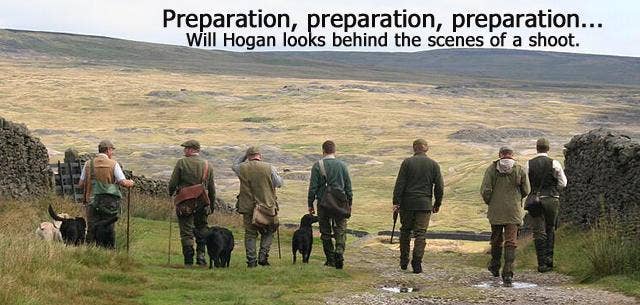With weather conditions ever changing the last few seasons have seen us partridge shooting in warm conditions, with shirts and waistcoats preferred to our traditional coats and waterproofs and with the drone of combine harvesters working through the night as the farmers start the process of growing their crops all over again it signals a busy time for many gamekeepers. Here I’m looking at some of the typical work which will have been, or is currently being, undertaken on shooting estates to preparation for the start of their season.
Pheasant Release Time: July/Early August
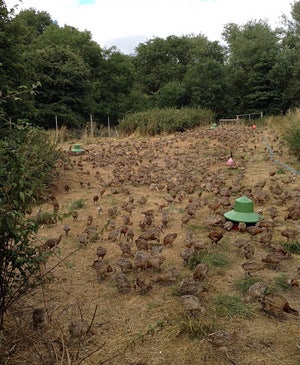 The birds are usually around the seven-week-old age when they are released to the woods, where they are kept under close watch by the keepers until the last day of the shooting season, when a new process starts all over again.
The birds are usually around the seven-week-old age when they are released to the woods, where they are kept under close watch by the keepers until the last day of the shooting season, when a new process starts all over again.
They are put into release pens situated strategically around the shoot in locations specifically for the bird’s needs. Feeding and watering then has to take place on a daily basis and regular checks and predator control is essential at this time of the year.
Keepers all have their own way of keeping their birds on the ground. Some prefer to feed them via a hopper system whereby barrels or bins are filled with food and placed in cover crops around the shoot - from where the birds will eventually be driven out of to create sport.
Alternatively, some keepers use an old fashioned, but highly effective, way to keep the birds under control called ‘whistle feeding’. For this method the birds are fed on a daily basis by hand and the keepers whistle as they do so. The amount of food placed down for the birds is minimal but regular so that they familiarise themselves with the sound of the whistle to food. Thus, as the season goes on, the keepers can pull the birds to the desired crops to create the drives. This is a far more time consuming process and it is not always possible, depending on the shoot’s work schedule, so it as not as common a practice as hopper feeding.
As a rule of thumb shoots following good practice aim to have their birds at least 20 weeks old before the first day of shooting, this enables the birds to be mature and have feathered up enough to present sporting birds for the entire season.
Lamping Time: July/August/September
A fox getting into a pheasant pen can be a devastating event and one in a pen with immature birds can quite often kill hundreds of juvenile poults in a ‘frenzy’ kill. Not only this, but any stray birds that do manage to escape the release pens are then easy targets outside the confines for the killing machine that the fox is. As such, vermin control, by lamping at night, is an essential part of a keeper’s job. Patrolling around the freshly-cut fields with a high powered lamp and rifle the fox population can be managed to a level where the birds are safe until such time that they are older and wise enough to evade the threat.
Partridges roost on the ground in a covey formation, quite often in a circle - all facing outwards - so that if a predator approaches they are all covering each other’s back, and will set an alarm call off when threatened. That said some partridge shoots take a zero tolerance policy on foxes and try to clear the ground (which is never possible) before they release them out into the crops and surrounding areas.
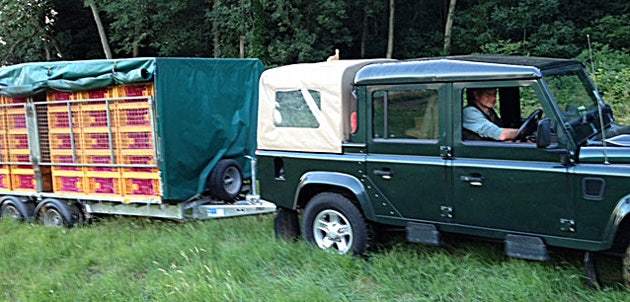
Partridge Release Time: August/September
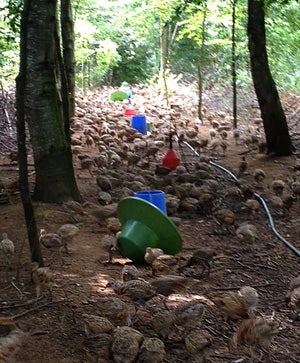 Timing of partridge release is completely dependent on when the estate intends on starting shooting, but more often than not they are released in early August when they can be anything from 14-20 weeks old and release methods vary.
Timing of partridge release is completely dependent on when the estate intends on starting shooting, but more often than not they are released in early August when they can be anything from 14-20 weeks old and release methods vary.
Some shoots put release pens up in the cover crops and trickle the birds out in covey-sized numbers over time. Others just release the birds directly into large areas of cover crops. The old fashioned way is to hold a few birds back in the pens to act as ‘calling birds’, these birds chatter away and create a point of interest for the others, which helps to stop birds wandering off the ground. These birds then need feeding and watering, which is done regularly by the keepers, more often than not in the cover crops that have been planted especially for the birds and shooting season.
Dogging In Time: August/September/October
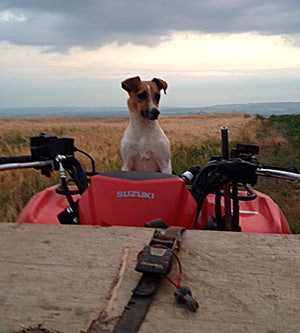 “What odd terminology” is nodoubt what you are all thinking but ‘dogging in’ simply means chasing back wandering pheasants. With a similar mind set to a sheep, a pheasant’s main aim in life is either to try and figure out a way of killing itself or to find out how to get away from where you want to keep it! This means that keepers, and often helpers wanting to train a young dog, actively chase back the wandering birds to where they are supposed to be.
“What odd terminology” is nodoubt what you are all thinking but ‘dogging in’ simply means chasing back wandering pheasants. With a similar mind set to a sheep, a pheasant’s main aim in life is either to try and figure out a way of killing itself or to find out how to get away from where you want to keep it! This means that keepers, and often helpers wanting to train a young dog, actively chase back the wandering birds to where they are supposed to be.
This can be a laborious job and differs from shoot to shoot. Some keepers don’t have a need to ‘dog in’ whilst others spend many hours holding onto their valued birds. The time scale of dogging varies too. In a very mild winter with lots of natural food around the woods and hedgerows the birds are often harder to keep where you want them as they are not as reliant on you for food as were when they were in the pens. As such some keepers have to continue their dogging in routines into October, even whilst shooting has started.
True to form this time of year is a busy period for all those who earn their living from the countryside. Whether it be the farmers or gamekeepers they all are working long hard hours in preparation for what will hopefully be a fantastic shooting season for all of us.
With the partridge and wildfowl season now upon us and the pheasant season about to start it won’t be long until we are all back out in the field in some way, shape or form either rough shooting, wildfowling, roost shooting… the list goes on!
2015-09-25 09:10:41
192 view(s) 

